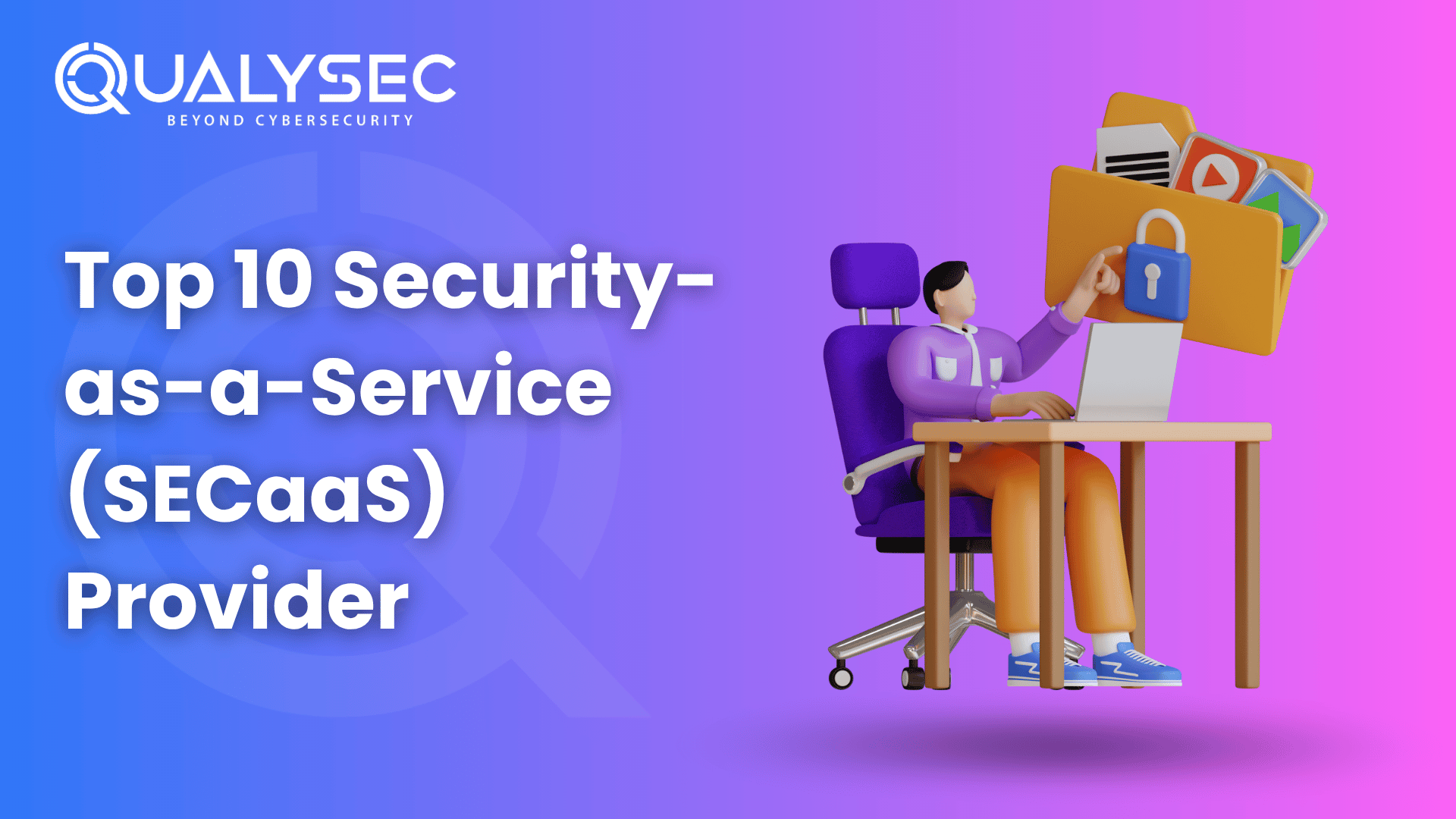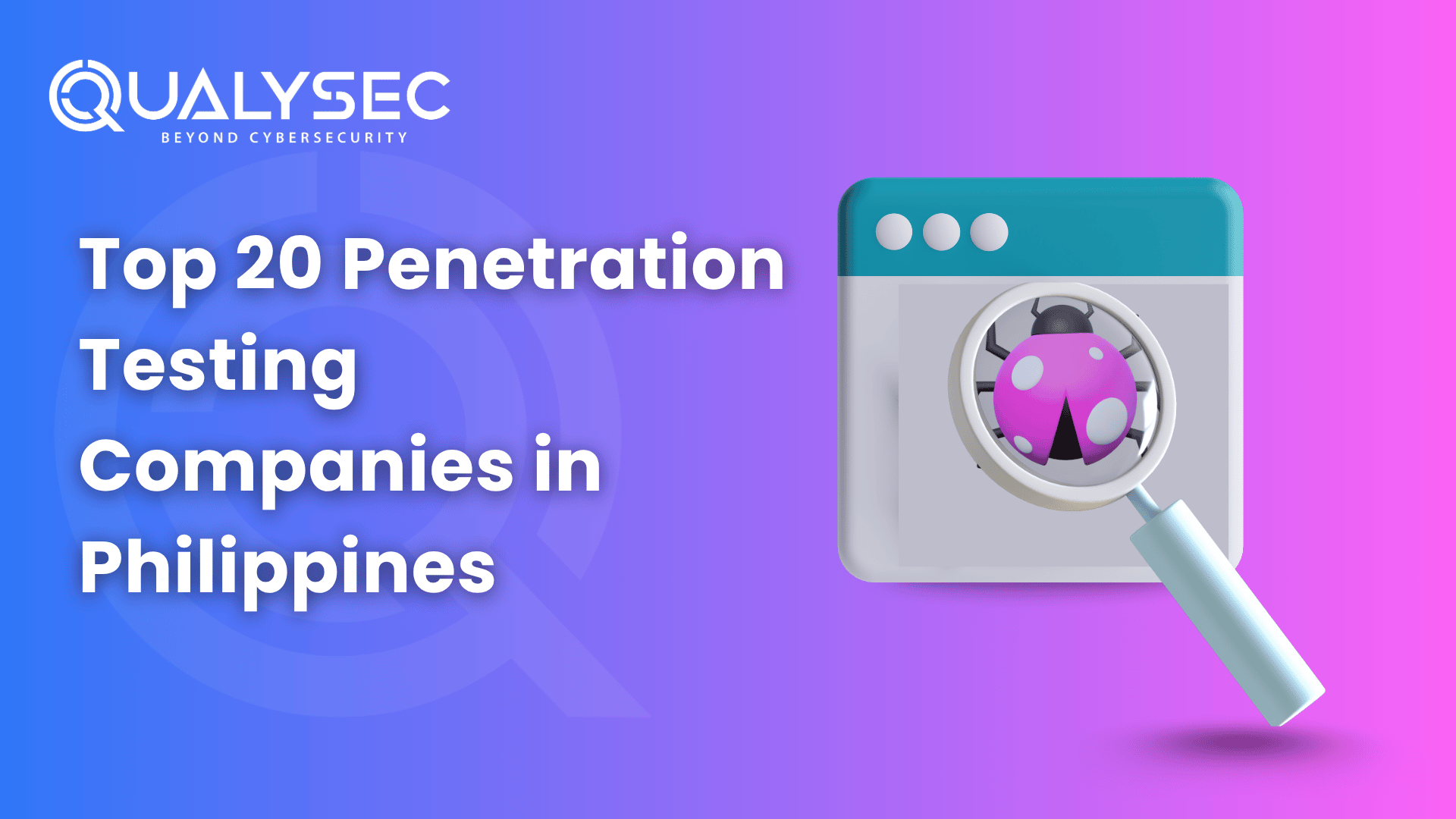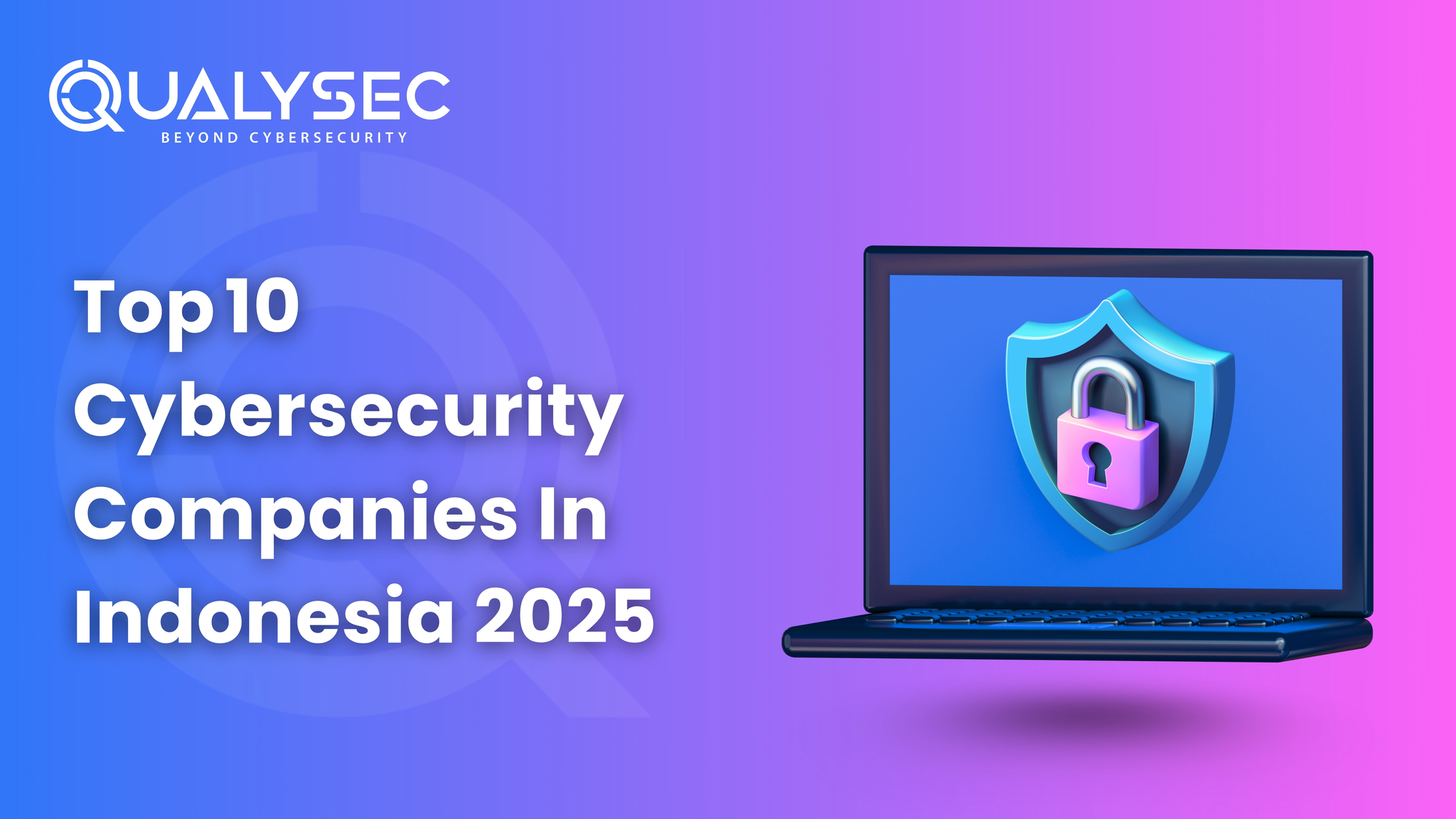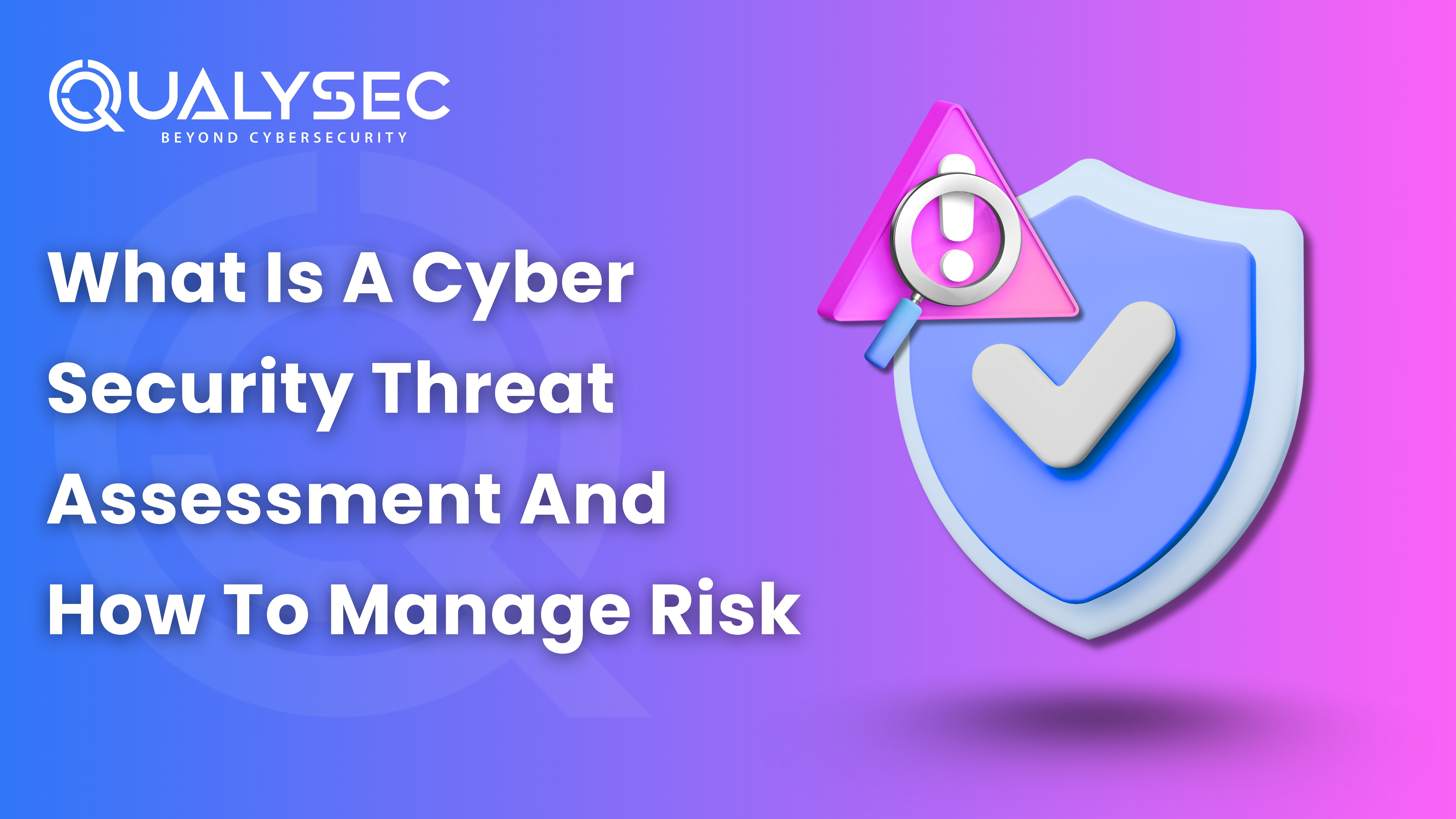What is Cloud Server Security? Key Threats & Challenges
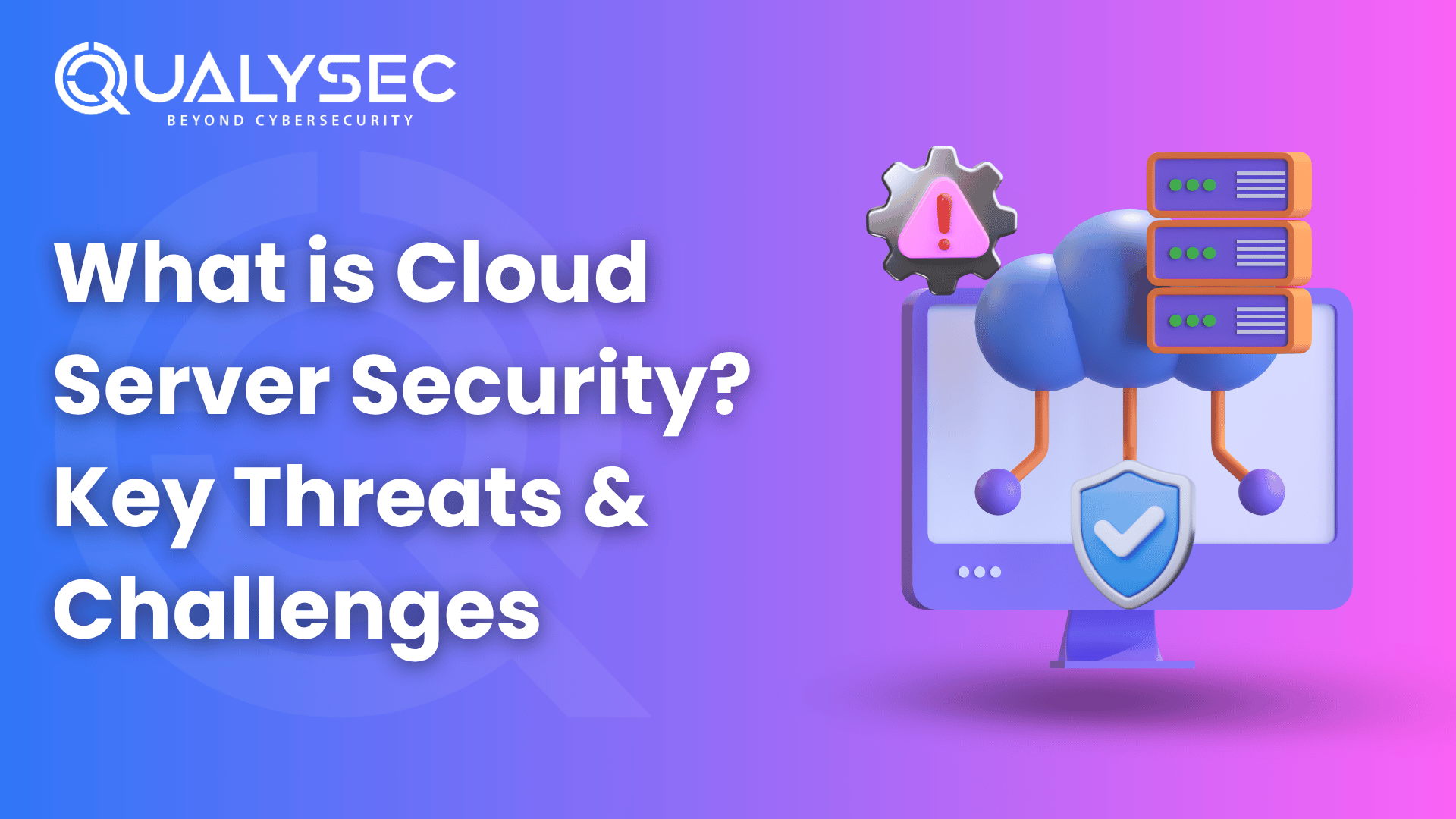
Strong 8k brings an ultra-HD IPTV experience to your living room and your pocket.
Best Practices for Cloud Server Security
It isn’t enough for organizations to rely solely on the default settings on their cloud servers. Ensuring best security practices means your workloads are secured, able to grow and meet all rules and regulations.
1. Enforce Strong Identity and Access Management (IAM)
Restrict access to your client’s information to the essentials. Set up your system so it takes the least privilege possible and do not use root or admin accounts for ordinary tasks.
Recommendations:
- Introduce multi-factor authentication for your company.
- Rely on role-based access control (RBAC).
- Permission audits should be done every so often.
To effectively protect cloud servers, organizations need more than default configurations. Implementing security best practices ensures that workloads remain protected, scalable, and compliant.
2. Harden Cloud Server Configurations
After installation, ensure that necessary operating system and service settings are secured before distribution.
The best way to do this is to:
- Shut down or disable anything on your computer you don’t use.
- Ensure that computers running your server have firewalls enabled.
- Make users set complex passwords and enforce rules for too many failed login attempts.
- If there are default users or script files you aren’t using, delete them.
3. Encrypt Data at Rest and in Transit
Apply the highest encryption possible to protect data kept on and exchanged with the cloud.
You can do the following things:
- Secure data that sits in storage using AES-256.
- Always set up TLS 1.2 or a higher encryption level for your data traffic.
- Store your encryption keys safely, preferring to use cloud-native KMS services when possible.
4. Continuously Monitor and Audit Activity
Put centralized logging and monitoring into place to spot unauthorized use or setup issues in your systems as they occur.
Suggested tools:
- Using AWS CloudTrail or Azure Monitor
- Log correlation is made possible with SIEM integration.
- Automatic notifications when something is unusual
5. Apply Regular Patching and Updates
Old software and applications provide attackers with easy entry into a server.
Process:
- Activate automatic updates whenever it is possible.
- Always keep track of when you need to update your system.
- Keep an eye out for announcements from vendors about security problems.
6. Conduct Regular Security Assessments
The results of security assessments ensure that security settings are doing their job correctly.
There are many types of assessments:
- Vulnerability scans
- Penetration testing that is done in the cloud
- Compliance audits
If you use QualySec, you benefit from detailed reviews of your cloud attack surface and any security errors.
Conclusion
Growth in cloud infrastructure means the means to attack it are also developing. Although providers supply important security measures, it is still up to the organization to take care of workloads, configurations and access.
Covering misconfigured access, insecure APIs and insider threats means cloud server security requires close attention and the knowledge of experts at all times. You need to first see where the risks are coming from. Used correctly, the appropriate tools, practices and partners can help fill security gaps and lower risks.
Using detailed assessments, Qualysec supports companies in keeping up with all types of risks from the cloud. Items covered are configuration audits, testing of APIs and access, validation for compliance and detailed reports useful for both correcting errors and providing audit evidence.
Our cloud security experts are available to share how we can protect your business, follow regulations and bolster your cloud structure.
Note: IndiBlogHub features both user-submitted and editorial content. We do not verify third-party contributions. Read our Disclaimer and Privacy Policyfor details.



